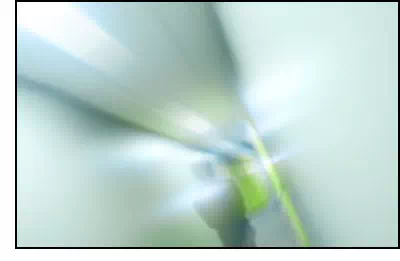 Managing Specific Wastes - Fluorescent Lamps, Mercury-Containing Equipment and Batteries
Managing Specific Wastes - Fluorescent Lamps, Mercury-Containing Equipment and Batteries
EPA developed the Universal Waste Rule as a way of streamlining the recycling efforts for businesses. Under this rule, a hazardous waste generator has the option of designating certain hazardous waste as universal waste, making them subject to less stringent environmental regulations. At dental offices, the most common universal wastes include:
- fluorescent lamps,
- mercury-containing equipment, and
- batteries.
All handlers of universal waste, whether one fluorescent light bulb or a million fluorescent light bulbs, need to manage their universal waste in such a way as to prevent releases of the universal waste or component of the universal waste to the environment. For example, lamps, because they can easily break, must always be kept in containers or packages that are closed, structurally sound, adequate to prevent breakage, and compatible with the contents of the lamp.
HERC Resources
Various resources can be found on HERC to help dental offices properly deal with universal wastes. The following are recommended:
- Waste Reduction - Fluorescent Bulbs
- Waste Reduction - Mercury Containing Equipment
- Waste Reduction - Batteries
More Resources
The following resources are also recommended:
- How to Recycle Mercury Lamps in 8 Easy Steps. Sponsored by the Northeast Waste Management Officials’ Association (NEWMOA). This is an EPA-funded project.
- Fluorescent Lamp Recycling -- 10 Steps to Implementing a Fluorescent Lamp Recycling Program. To help you state a fluorescent lamp recycling program, Practice Greenhealth has developed a 10-step process.
- EPA's Battery section. Provides regulatory overview and recycling information.
- The Rechargeable Battery Recycling Corporation (RBRC)'s Call2Recycle Program provides access to rechargeable battery locations near you.



